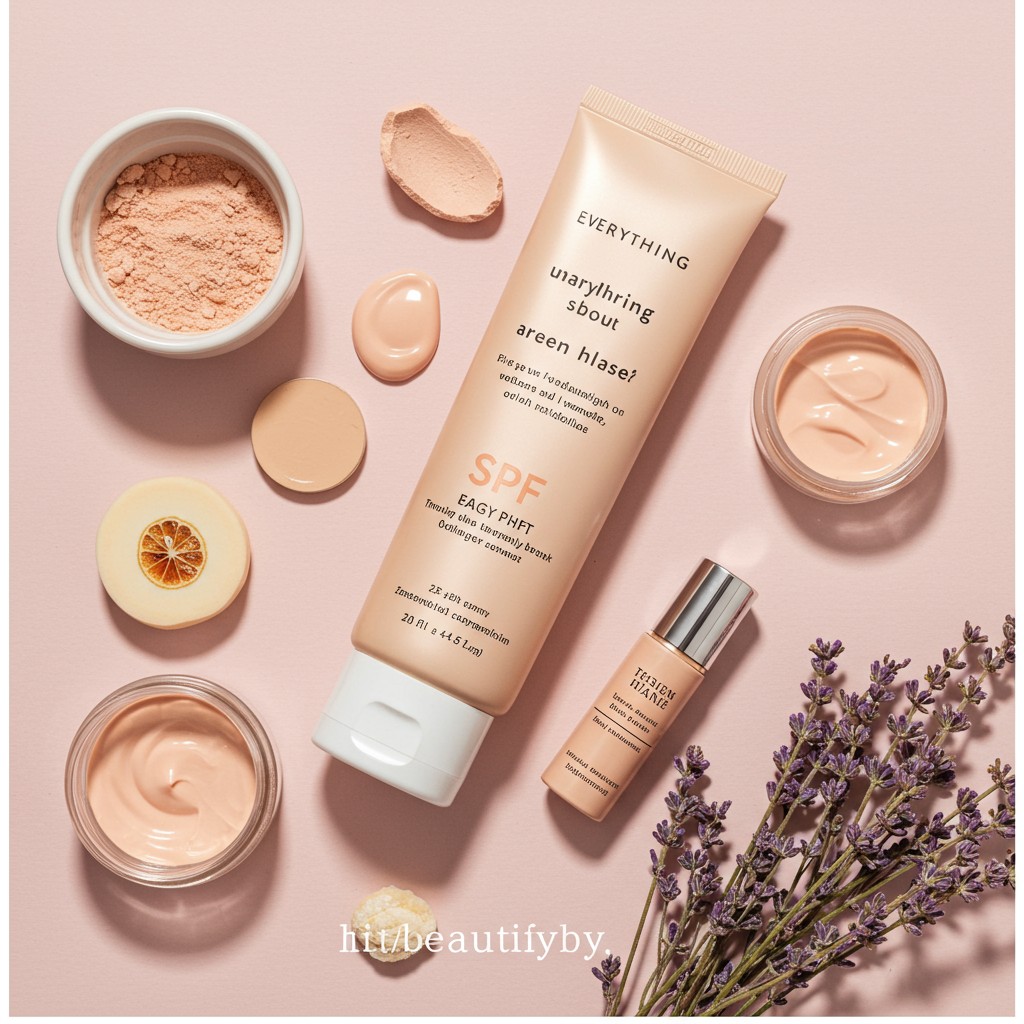Navigating the world of skincare can feel overwhelming, but the first and most crucial step is to understand your canvas, your skin. Knowing your skin type is the foundation of an effective skincare routine. Without this knowledge, you might be using products that are either ineffective or, worse, causing harm. So, if you’ve ever asked yourself, “what is my skin type?”, you’ve come to the right place. This guide will help you determine your skin type once and for all.
Understanding the different skin types
Before we dive into the “how,” let’s cover the “what.” Generally, there are five main skin types, each with its own characteristics. Understanding the differences between oily vs dry skin, and where combination and sensitive skin fit in, is key.
- Normal Skin: This is the holy grail of skin types. It’s well-balanced, not too oily and not too dry. It has fine pores, a smooth texture, and no severe sensitivity.
- Oily Skin: If your skin often looks shiny or greasy, you likely have oily skin. This type is caused by an overproduction of sebum, leading to larger, more visible pores and a higher tendency for blemishes and acne.
- Dry Skin: Characterized by a feeling of tightness and a dull, rough complexion. People with dry skin have almost invisible pores and may experience flakiness, redness, and more visible fine lines.
- Combination Skin: This is the most common skin type. It’s a mix of oily and dry skin, typically with an oily T-zone (forehead, nose, and chin) and drier cheeks.
- Sensitive Skin: This isn’t a standalone type as much as a condition that can accompany any of the other four. Sensitive skin is easily irritated and may react to new products or environmental changes with redness, itching, or stinging.
The best methods for a skin type test
Now for the fun part, the skin type test. You don’t need a dermatologist to get a good idea of your skin type; you can easily do it at home. Here are two popular and reliable methods.
The Bare-Faced Method
This method allows you to observe your skin in its natural state. Start by washing your face with a gentle cleanser, then pat it dry. Do not apply any other products like serums, moisturizers, or treatments. Wait for about 30 minutes to an hour. Now, go to a mirror and observe. How does your skin feel and look? If it feels tight and appears flaky, your skin is likely dry. If you see a noticeable shine on your forehead, nose, and cheeks, you have oily skin. A mix of oil in the T-zone with dry cheeks points to combination skin.
The Blotting Sheet Method
This is a quicker way to assess your skin. Take a clean blotting sheet and gently pat it on different areas of your face, such as your forehead, nose, chin, and cheeks. After patting, hold the sheet up to the light. If the sheet picked up little to no oil, you most likely have dry skin. If it shows oil from all areas, you have oily skin. If it absorbs oil only from the T-zone, you have combination skin. This method is a great visual way to determine your skin type.
Caring for your skin type
Once you’ve figured out your skin type, you can tailor your routine to meet its specific needs. Using the right products will help you achieve a balanced, healthy complexion. Whether you’re battling shine, flakes, or both, there’s a solution for you. At ScentSphere, we believe that understanding your skin is the first step towards loving it. For a curated selection of products tailored to every skin concern, be sure to explore our collection at the ScentSphere shop. Taking the time to determine your skin type is an investment that will pay off with radiant, happy skin.
What is the easiest way to test my skin type at home
The bare face method is simple. Wash your face wait 30 minutes and then observe. Tightness suggests dry skin while shine indicates oily skin.
Can my skin type change over time
Yes your skin type can change due to factors like age hormones climate and diet. It is a good idea to re-evaluate it periodically.
What is the difference between dry and combination skin
Dry skin feels tight and flaky all over. Combination skin typically features an oily T-zone with drier cheeks.







